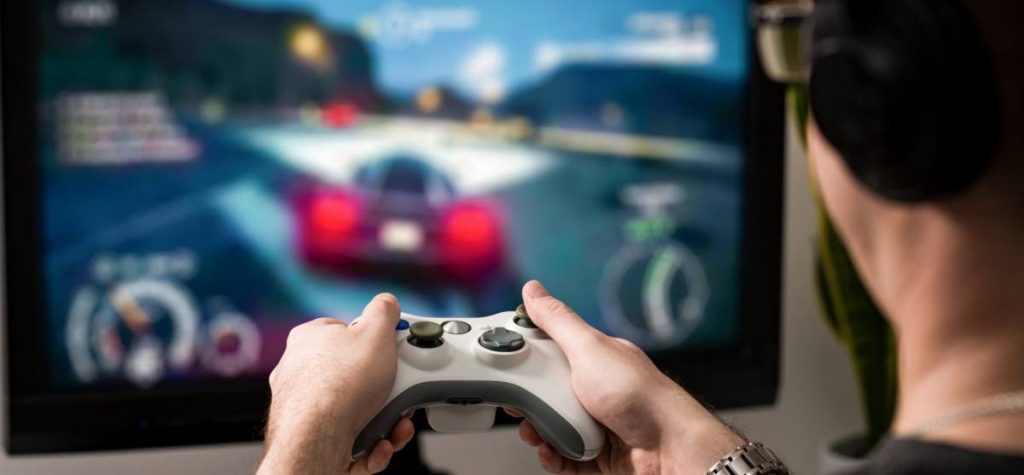Video games: the good, bad and confusing

DR ASHA PEMBERTON
teenhealth.tt@gmail.com
The video gaming industry is worth US$30 billion a year worldwide. Reports reflect that within the majority of our homes is a gaming system, console or handheld device used for electronic gaming. In addition, the utilisation of cellphones and tablets for online games adds to the penetration of this activity in society.
While the industry has evolved, the image of gamers as unkempt younger teen boys shouting and playing in a group remains. It is important to note that gamers are now predominantly older teens and young adults, with women and girls now making up approximately 45 per cent of the gaming population.
Considerable debate continues regarding the effects of video games on teen behaviour, attention spans and aggression. Video games themselves should not be considered either "good" or "bad"; rather, the effect on well-being depends on the aspects present, motivation behind play, and the effect of gaming on other aspects of life and socialisation.
Video games and violence
Numerous reports describe the violence depicted in some popular video games as astounding. In some games, victims are killed in every imaginable way including guns, clubs, hammers, and chainsaws, among others. Victims are dismembered, beheaded, set afire, and chopped into pieces. They scream in agony and beg for mercy. Blood gushes and severed body parts and human remains are graphically shown.
While findings on the influence of violent video games on real-world aggression and violence remain controversial, social context also appears to play a role. A policy by the American Academy of Pediatrics describes violent video games as one of many influences on behaviour, noting that many television shows and movies also contain violent scenes. Some believe that video games are particularly harmful because they are interactive and encourage role-playing, and may serve as virtual rehearsals for actual violence. It is also a concern that exposure to aggressive behaviour or violence in video games and other media may, over time, desensitise youths. Results of such desensitisation include nightmares and sleep problems, impaired school performance, and aggressive behaviour, including bullying.
Social development
Social gaming in particular can positively influence well-being especially when games involve co-operation between other players or interactive elements in the game. To this end, the useful aspectrs of gaming are those that require players to work together to solve puzzles or which call upon other cognitive skills such as problem solving and memory. Social concerns about gaming develop when individuals begin to play obsessively and neglect personal hygiene, food or in-person interactions. They play games constantly. In addition, some games send players into worlds of fantasy to which some teenagers retreat for an escape from the real world or a personal sense of achievement. These behaviours are indicators of concern and should never be ignored by parents.
Video gaming and physical health
Significant discussion has surrounded the impact of video gaming on the physical health of children and teens. It is clear that excessive exposure to bright lights, especially at close range can affect overall visual health. To this end, light reflective spectacles have recently been released on the market; nevertheless reduction of screen time will always be the best preventative solution. The effects of prolonged exposure to the loud music and sounds of games, especially when headsets are used also cannot be disputed. The acoustic trauma which can result from listening to loud music has been well demonstrated and we must acknowledge that the sounds of video games are perhaps the most outstanding features of the gaming experience. Background music and special effects sounds are all of very high qualities, and with prolonged exposure at high volumes, permanent hearing loss can occur.
The rapid hand-eye co-ordination required to play many video games is akin to the development of typing skills or playing the piano. Certainly, fine motor skills are developed rapidly through the use of video gaming, however there remains many other avenues through which these skills can be learned and this alone cannot detract from other potential harms of excessive use. Video gaming in moderation can certainly be an appropriate form of entertainment and social activity for teens and families, but the time spent must always be considered.
Parents are required to take the time to understand the content of the games their children and teens play and look closely at how they react to the games and the ways in which gaming consume their other activities. General recommendations for parents include:
• Play video games with children to ensure you are fully aware of violent, sexual or even substance-using content.
• Place video consoles and computers in common areas of the home, rather than in teen’s bedrooms.
• Set limits on the amount of time youths can play these games. Recommendations remain two hours or less of total entertainment screen time per day, including television, computers, and video games.
• Encourage participation in other activities in which youths can interact with peers in person rather than online. While this may be a challenge at this time, efforts should be made to ensure that virtual connectivity between young people is not only through group gaming activity.


Comments
"Video games: the good, bad and confusing"